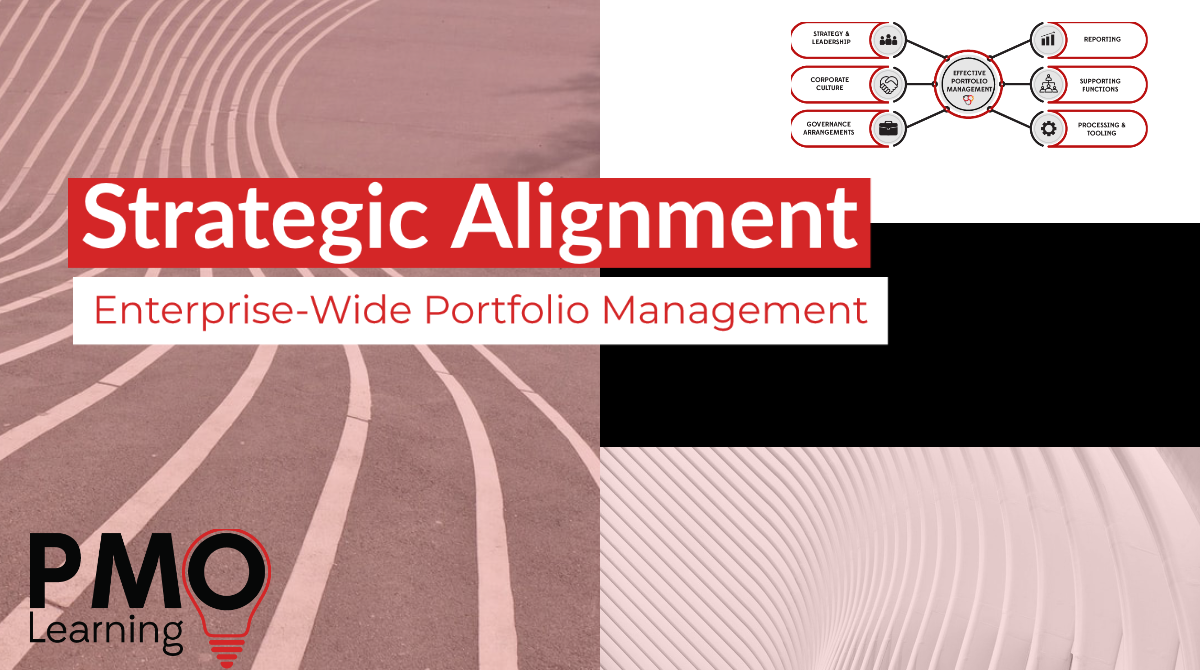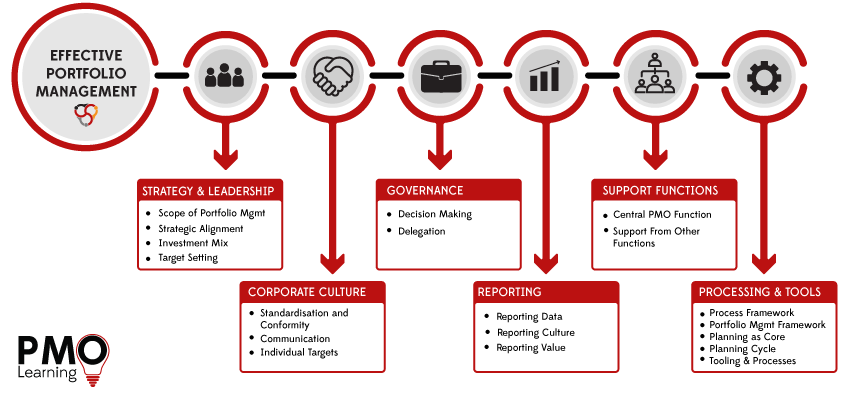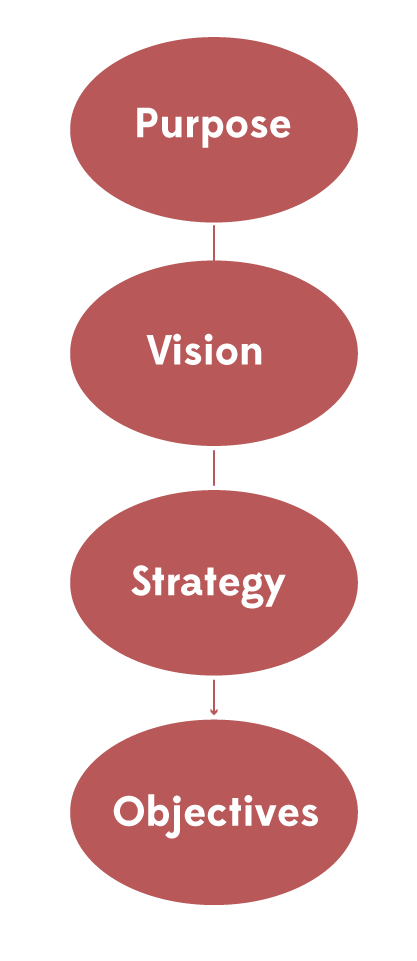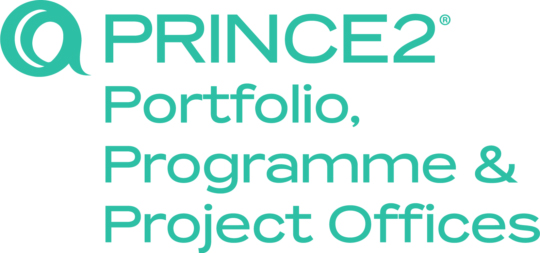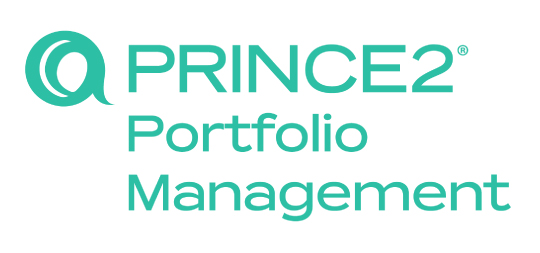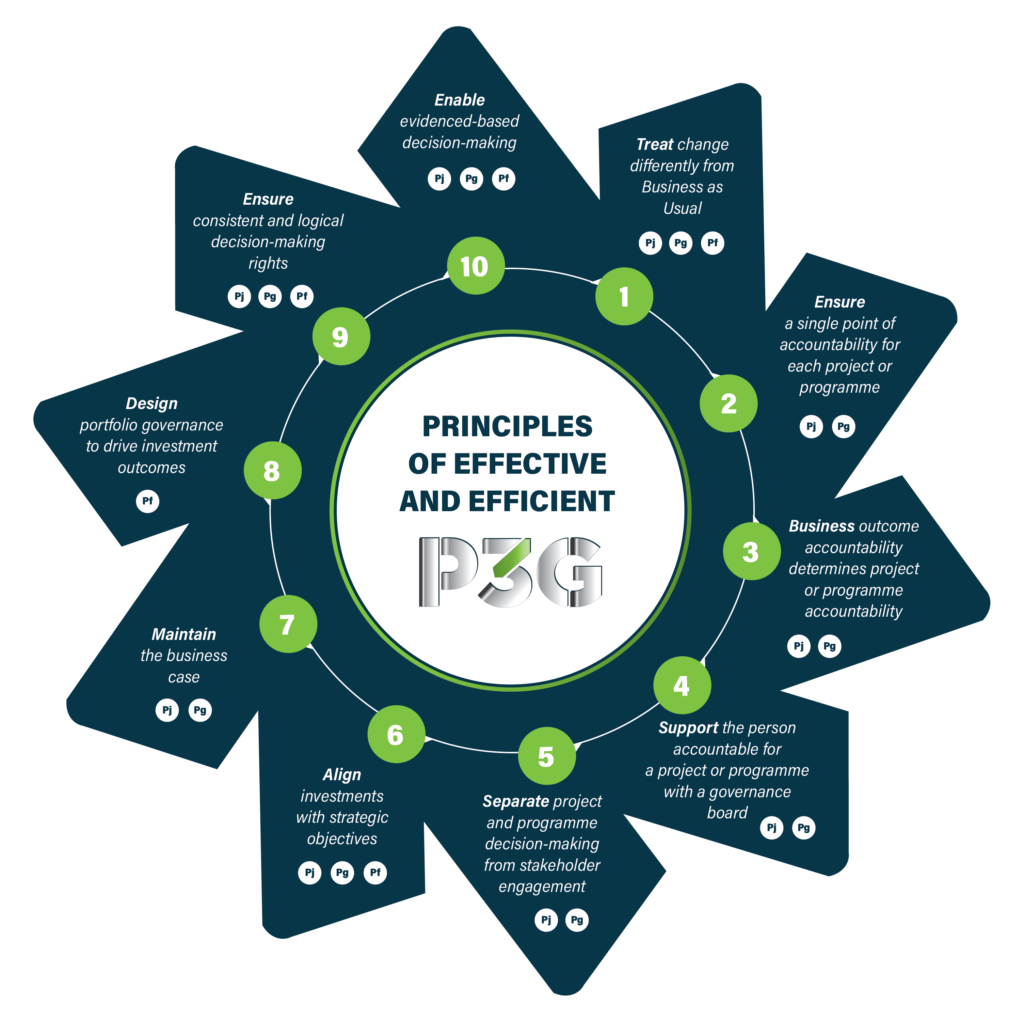 In PMO Learning’s latest course – Unlocking Business Agility through Portfolio Management– there are a number of different theories to learn about across six different parts of the framework.
In PMO Learning’s latest course – Unlocking Business Agility through Portfolio Management– there are a number of different theories to learn about across six different parts of the framework.
The course focuses on theory first and then onto to practical application with real-life examples – the emphasis is on devising an individual roadmap for you and your organisation by the end of the course.
In this article we focus on the area of Strategy & Leadership – specifically ‘strategic alignment’.
It’s often the area which frequently comes up in portfolio office circles – are the programmes and projects being run within the business align to the organisation’s strategy?
Strategic alignment is defined in a few different ways:
Strategic alignment is the process and the result of linking an organization’s structure and resources with its strategy and business environment (regulatory, physical, etc.) from Wiki
Another:
Strategic alignment is the strength of the links “between an organisation’s overall goals and the goals of each of the units that contribute to the success of those overall goals” (Andolsen, 2007).
And:
The ability of most businesses to achieve their strategic goals will benefit from performing a comprehensive strategic alignment to help assure that its divisions and employees are jointly working toward the company’s stated goals. Business Dictionary
It’s this definition from Trevor and Varcoe in a Harvard Business Review article from 2016 – A Simple Way to Test Your Company’s Strategic Alignment – which highlights that the best companies are strategically aligned – and that means the strategy, purpose and organisational capabilities are all in sync.
Strategic alignment, for us, means that all elements of a business — including the market strategy and the way the company itself is organized — are arranged in such a way as to best support the fulfillment of its long-term purpose. While a company’s purpose generally doesn’t change, strategies and organizational structures do, which can make chasing “alignment” between strategy and the organization feel like chasing an elusive will-o’-the-wisp.
We always like a 2×2 matrix here at PMO Learning and this one from Trevor and Varcoe is an excellent one for highlighting the alignment between strategy, purpose and organisational capability to deliver on that strategy.
Strategic alignment at the investment level – the investments being made to improve or change, which ultimately drive the creation of programmes and projects – always require a clear understanding of the organisation’s strategic intent.
Strategic intent is defined as a compelling statement about where an organization is going that succinctly conveys a sense of what that organization wants to achieve in the long term. CIO Index
And the model below again shows the links with the capability of the organisation to deliver on their strategies.
Understanding the strategy elements of portfolio management are often overlooked and it’s crucial for Portfolio practitioners to understand how the business is producing the strategies in order to provide portfolio management that is fit for purpose.
Understanding the purpose, vision and strategy ultimately leads to the objectives – and it’s here that Portfolio practitioners utilise the outcomes to help form the best approach to portfolio management.
The purpose – is the understanding of what the reason is for the investment. Why is the organisation going down this road – what’s the foresight that is driving it?
The vision – is what will the future state look like once the investment has been made, implemented and embedded – what are the expectations on return on investment – what will it look and feel like?
The strategy – is how will the investment being made meet the vision? what will be the plan of action to achieve the vision?
The objectives – are the SMART objectives needed to achieve the strategy. What are the specific goals; how can we measure that we’re on track to reach goals; it should be achieveable and realisitic; and relevant to everything else happening in the business – all within a specific time frame.
The role of the Portfolio level practitioner does include support throughout the strategy formulation stages – and objectives setting forms a substantial part of ensuring strategic alignment.
The course from PMO Learning – Understanding Business Agility Through Portfolio Management – not only focuses on theories around strategy formulation and execution, it’s also crucial to understand the pitfalls and challenges associated with utilising different models and frameworks.
The course covers both – plus it uses a pre-course assessment so you can specifically target those areas of your own organisation’s approach to portfolio management. The road to maturity in portfolio management isn’t easier, yet you’ll leave the course with your own roadmap to making improvements based on tried and tested methods.
Check out the course – aimed at Portfolio level practitioners including Portfolio Directors, Heads of PMO, Portfolio Office Management and Portfolio Managers
Understanding Business Agility Through Portfolio Management
It’s a 2 day course, currently being run via PMO Learning’s virtual classroom.
Enjoying Our Blog?
Sign up and receive all our articles (we’ll send you an update once a week!) plus special offers and events:
